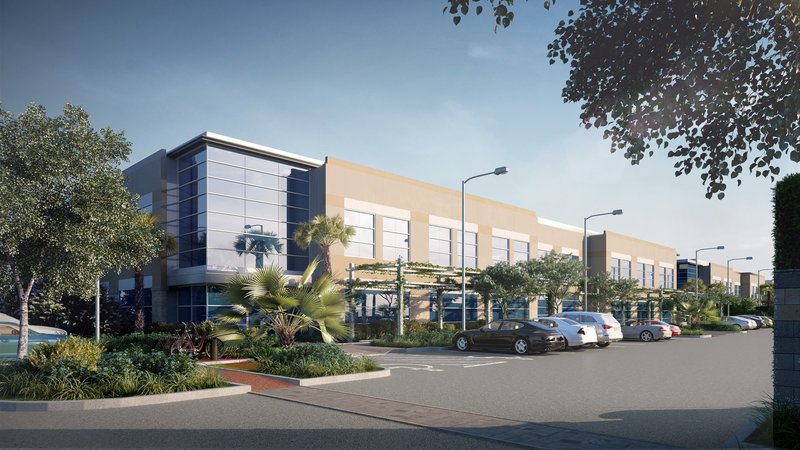Emerging Trends in Commercial Architectural Rendering
The evolution of commercial architectural rendering is a dynamic tale. It involves technological advancement and creative innovation. Today, it's a vibrant blend of art and science. This blend impacts how we visualize and perceive architectural design. The latest developments in this field are creating new possibilities. They are also setting the stage for future trends in architectural visualization. This article will delve into emerging trends in commercial architectural rendering. It will discuss the changes on the horizon and how they may shape the field in the years to come.
The advent of digital rendering has revolutionized architectural visualization. The platform has created an effective and appealing way to communicate ideas. However, the pace of technological advancement is unrelenting. The industry has witnessed remarkable changes, with newer trends reshaping the landscape.
Immersive VR and AR Experiences
Virtual Reality (VR) and Augmented Reality (AR) are no longer futuristic concepts. They are now integral parts of architectural rendering services. They offer a fully immersive, interactive, and intuitive experience. This transforms how architects and clients envision commercial spaces. With VR, one can walk around and interact with an unbuilt environment. It provides a sense of space and dimension that 2D plans and even 3D models can't match.
AR devices allow users to view a layer of virtual elements added to the real world. This technology is especially useful for renovations and additions. It allows architects and clients to visualize how the proposed design fits into the existing structure.
AI and Machine Learning
Artificial Intelligence (AI) and machine learning have infiltrated nearly every industry. Commercial architectural rendering is no exception. AI automates repetitive tasks. This allows designers to focus more on the creative aspects of their work. Machine learning algorithms can also analyze vast amounts of data. They generate design suggestions, predict trends, and optimize workflows. These capabilities can significantly improve efficiency. They also provide valuable insights that lead to better design outcomes.
Sustainable and Green Rendering
The world grapples with climate change. Sustainability has become a significant focus in architecture. This trend is also reflected in architectural rendering. Visualization tools are being used to showcase and promote sustainable and eco-friendly designs. Real-time rendering is a significant trend in architectural rendering. It allows users to view and make changes to designs in real time. This makes the design process more fluid and responsive. Real-time rendering allows for interactive presentations. Clients can request changes and instantly see the results.
Hyper-realistic rendering

Advances in rendering software and computing power have made it possible to create hyper-realistic visualizations. They now have unprecedented detail and realism. This blurs the lines between virtual and physical reality. Hyper-realistic rendering helps architects and clients view projects in vivid detail. This makes it easier to identify issues and make informed decisions. Digital rendering is essential. However, physical models still have a place in architectural visualization. 3D printing technology has made model-making more accurate and accessible.
By combining digital rendering with 3D printed models, architects can create a comprehensive visualization package. It offers the immersive experience of digital renders and the tangible realism of physical models. Cloud-based collaboration tools are becoming more important with remote work and global collaboration. These platforms allow many users to simultaneously work on a project. They can do so from different locations. This makes collaborating and sharing ideas easier. Cloud-based rendering services offer high processing power without the need for expensive hardware. This makes them a cost-effective solution. In conclusion, the future of commercial architectural rendering is exciting.
Conclusion
Emerging technologies and trends, like VR, AI, and real-time visualization are transforming the industry. Green rendering is also changing the industry. These advancements make architectural visualization more immersive, efficient, and insightful than ever before. They will shape how architects and clients collaborate. They will also influence the visualization and presentation of designs. Ultimately, these advancements will impact the design and construction of buildings.
Our Services
View some of our most popular services below.











